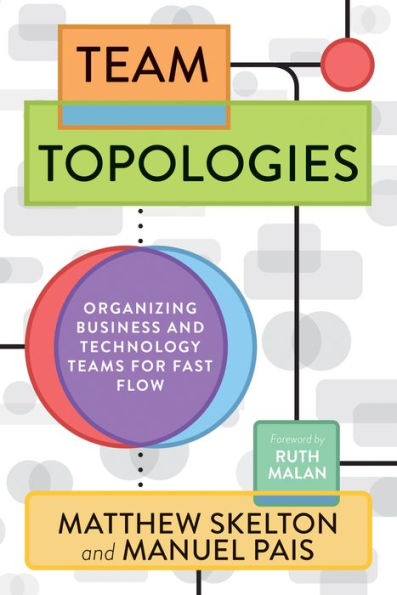5
1

Team Topologies: Organizing Business and Technology Teams for Fast Flow
240
Team Topologies: Organizing Business and Technology Teams for Fast Flow
240eBook
$11.49
$14.99
Save 23%
Current price is $11.49, Original price is $14.99. You Save 23%.
Related collections and offers
11.49
In Stock

Product Details
| ISBN-13: | 9781942788829 |
|---|---|
| Publisher: | IT Revolution Press |
| Publication date: | 09/17/2019 |
| Sold by: | Barnes & Noble |
| Format: | eBook |
| Pages: | 240 |
| Sales rank: | 108,371 |
| File size: | 6 MB |
About the Author
From the B&N Reads Blog
